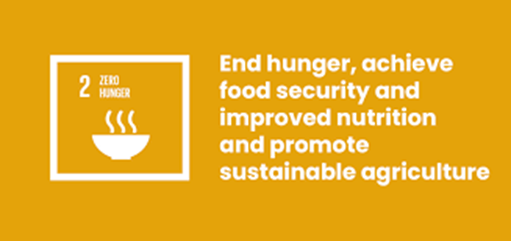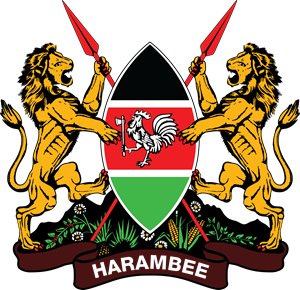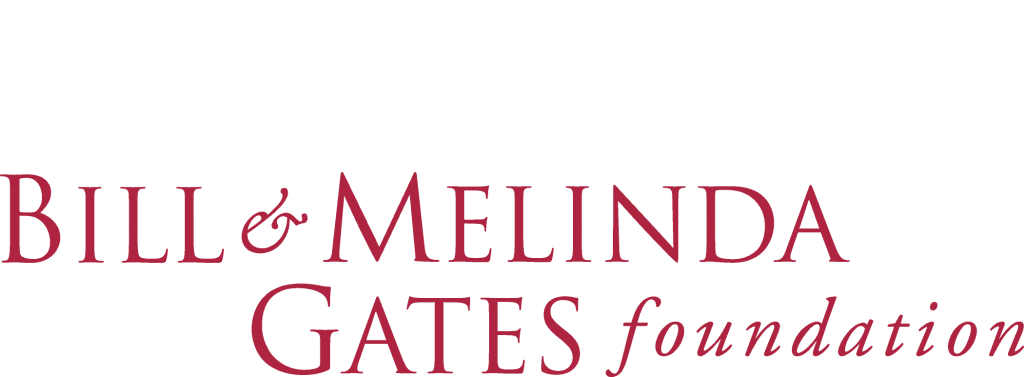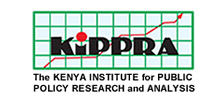By Dr. Geoffrey Kebaki
Countries committed to Sustainable Development Goal (SDG) 2 of ending hunger, food insecurity and all forms of malnutrition by 2030.In 12 out of the 17 SDGs there is an element of nutrition. Countries economic losses have been computed in form of losses as a proportion of the GDP. People with adequate nutrition are more productive and create opportunities for gradually breaking the cycles of poverty and hunger. There has been slow progress towards realizing SDG target 2.1 of ensuring access to safe, nutritious, and sufficient foods for all people all the time or Target 2.2 of eradicating all forms of malnutrition. This makes nutrition a critical driver to socio-economic development. It is an enabler for realizing UHC. People with adequate nutrition grow to full potential and have high productivity thus enable economic development.

Covid -19 set in with impacts on food security owing to the measures put in place with a view of containing the pandemic. This saw disruption of food systems and mobility of food due to partial lockdowns and restrictions of movements for sone Counties. There is possibility of reversal of gains made in nutrition improvement. There is need for taking stock of impacts of covid on nutrition of the population using the life cycle approach so as not to reverse the gains.
As countries moved towards making commitments in the World Food Summit and the forthcoming Nutrition 4 Growth Summit, there is need for top government leadership to coordinate public and private sectors funding on nutrition for synergy. This is the path we need to take in reflecting on progress and getting refocused in meeting the global targets the country has committed to.
Implementation of nutrition interventions are spread across several ministries and agencies in government that require proper coordination with clarity of roles for synergised improvement of nutrition. Mainstreaming nutrition in performance contracts of the multisector with roles in nutrition will ensure budgets are available for consistent implementation of activities in curbing malnutrition. Local national budgetary funding of nutrition is inevitable from the covid-19 experience where pandemics changed the focus of countries that were disproportionately affected by the pandemic. With this, we cannot say we are prepared yet we are dependent on external support that may not be forthcoming as countries priority is shaped by their health security, and if grappling with a pandemic, the situation changes.

Foreseeing the long-term benefits of investing in nutrition by governance is critical as nutrition initiatives do not necessarily yield immediate results. Correcting wasting and management of acute malnutrition in under 5 children is resource intensive but a worthy investment through targeted County specific interventions to bring down the rate that is as high as 15 % in some Counties, far above World Health Assembly thresholds. This requires strengthened community structures for production of small-scale food at household and engagement through continuous nutrition education programmes for adoption of healthy eating habits and practices for sustained nutrition improvement.









